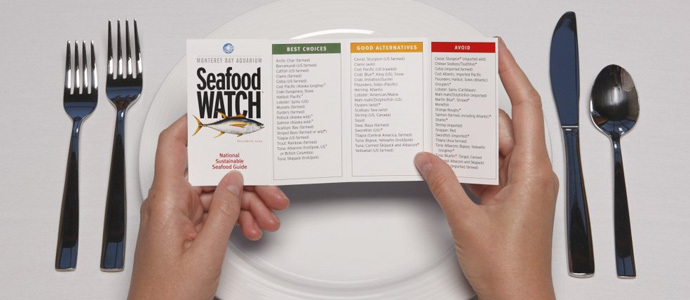Last year in this space, I mentioned that “we waste millions of tons of food a year — 29% of all we produce – at many points, from farm, to packer, to store, to table… the Natural Resources Defense Council found that the average American family of four loses up to $175 a month in wasted food.” It’s not only this country – the Food and Agriculture Organization of the United Nations estimates that the global total of food waste is $1 trillion.
Recently I learned that some young German people are doing something about this. According to reporter Stephen Brown, these food entrepreneurs, if I may use the term, raid supermarket trash cans for food that has been thrown away even though it is perfectly good. Turns out that (if I can read the German website accurately) over twelve thousand people in Germany have registered on a website to share food found this way. Baked goods one day old, tomatoes that weren’t red enough, canned food one day past its “use by” date.
We, too, can do something about this waste.
At an Earth Day event several years ago, I spoke to some women who displayed a table full of food they had collected from their children’s school trash. The lunches they had so carefully prepared were often just tossed in the bin. The display included packages of cookies, whole pieces of fruit, sandwiches, bottled drinks….. And that was one day in one school in one city!
What you can do: Serve yourself only what you want. Save the rest for later. Accept imperfect-looking produce. Make stews and desserts out of leftovers. Put really discardable scraps into the compost, creating new soil to form the basis for the next generation of life.




